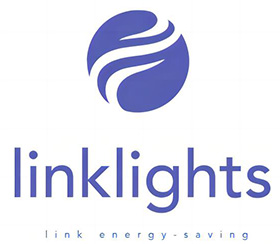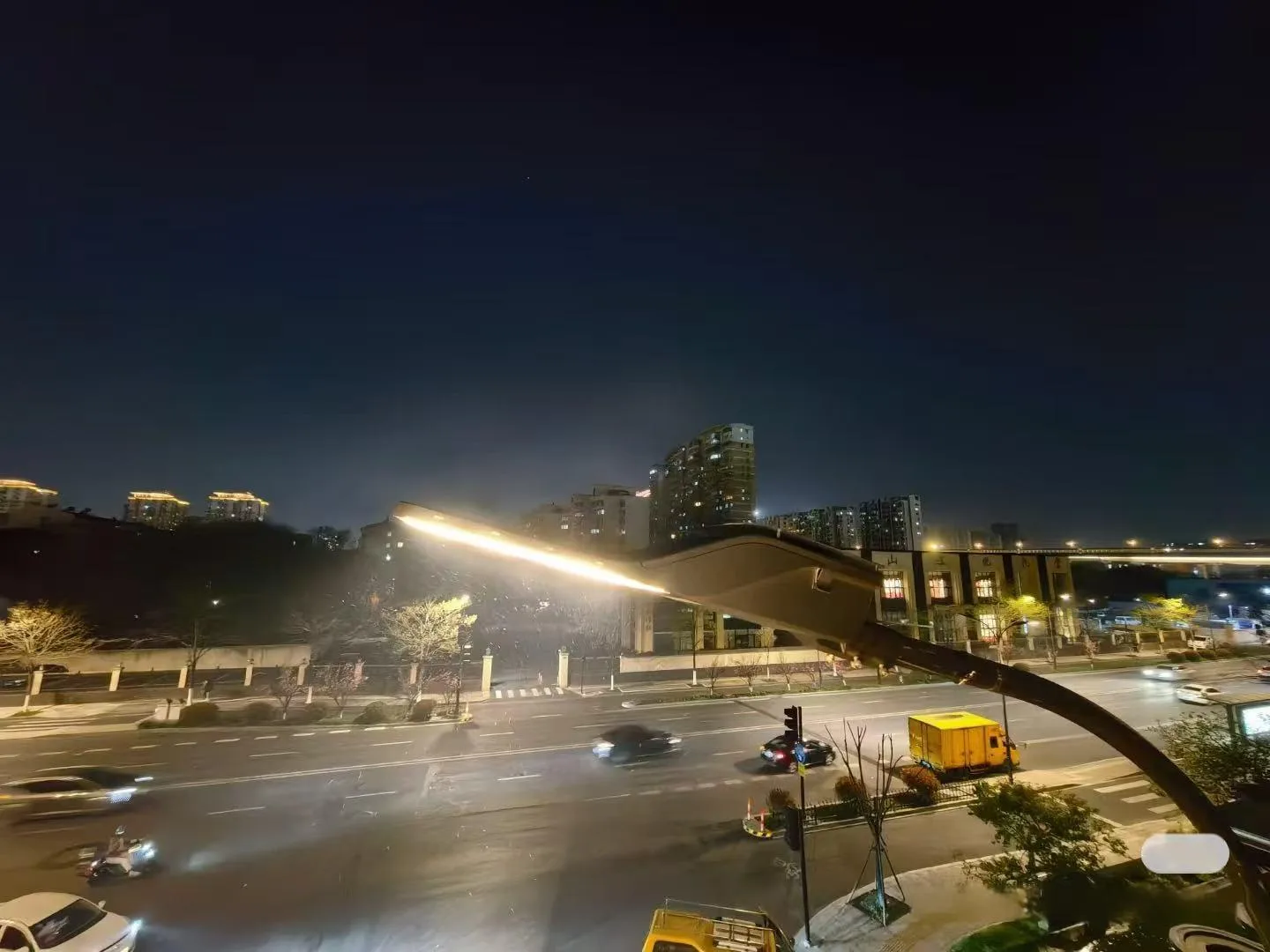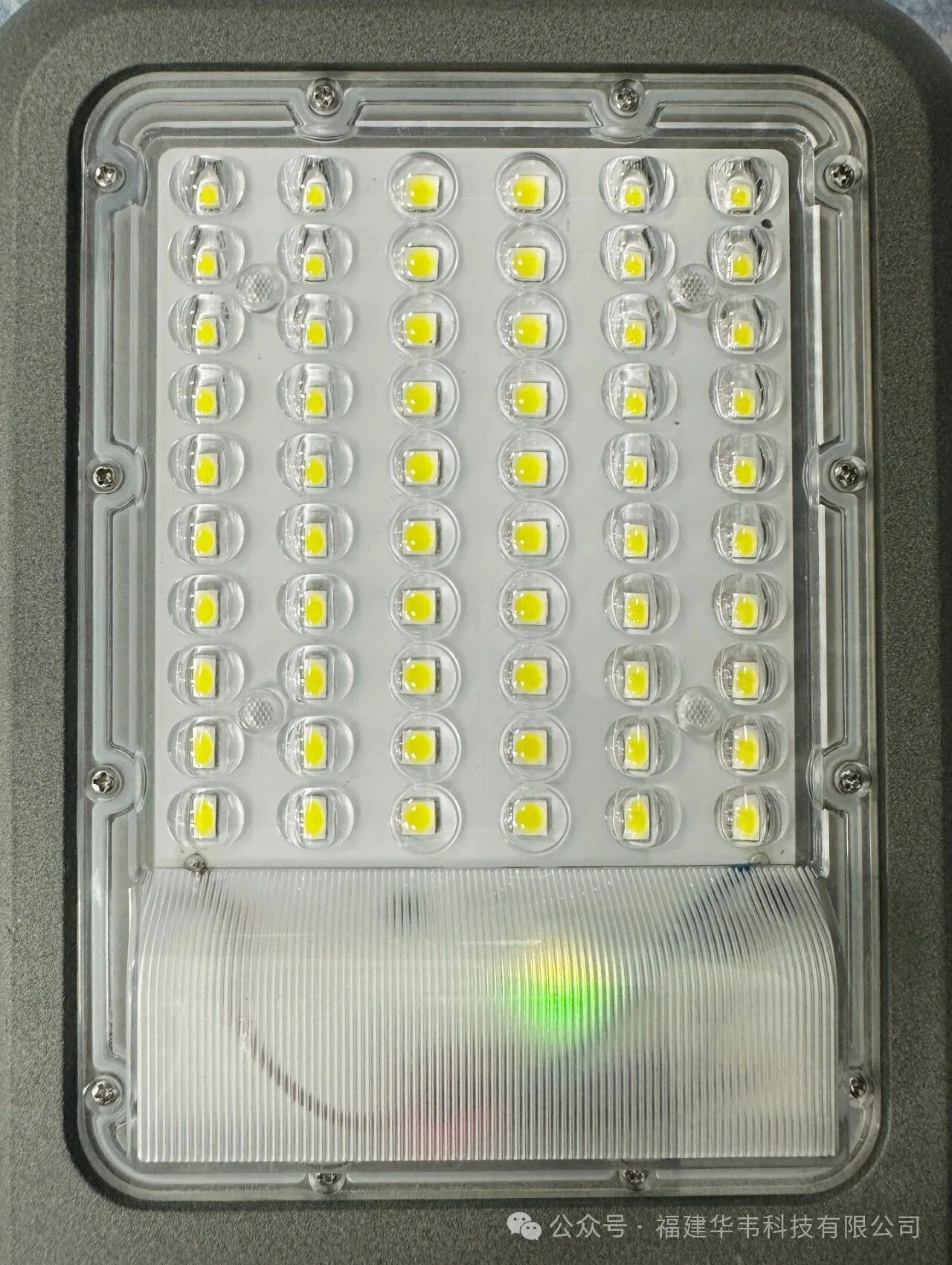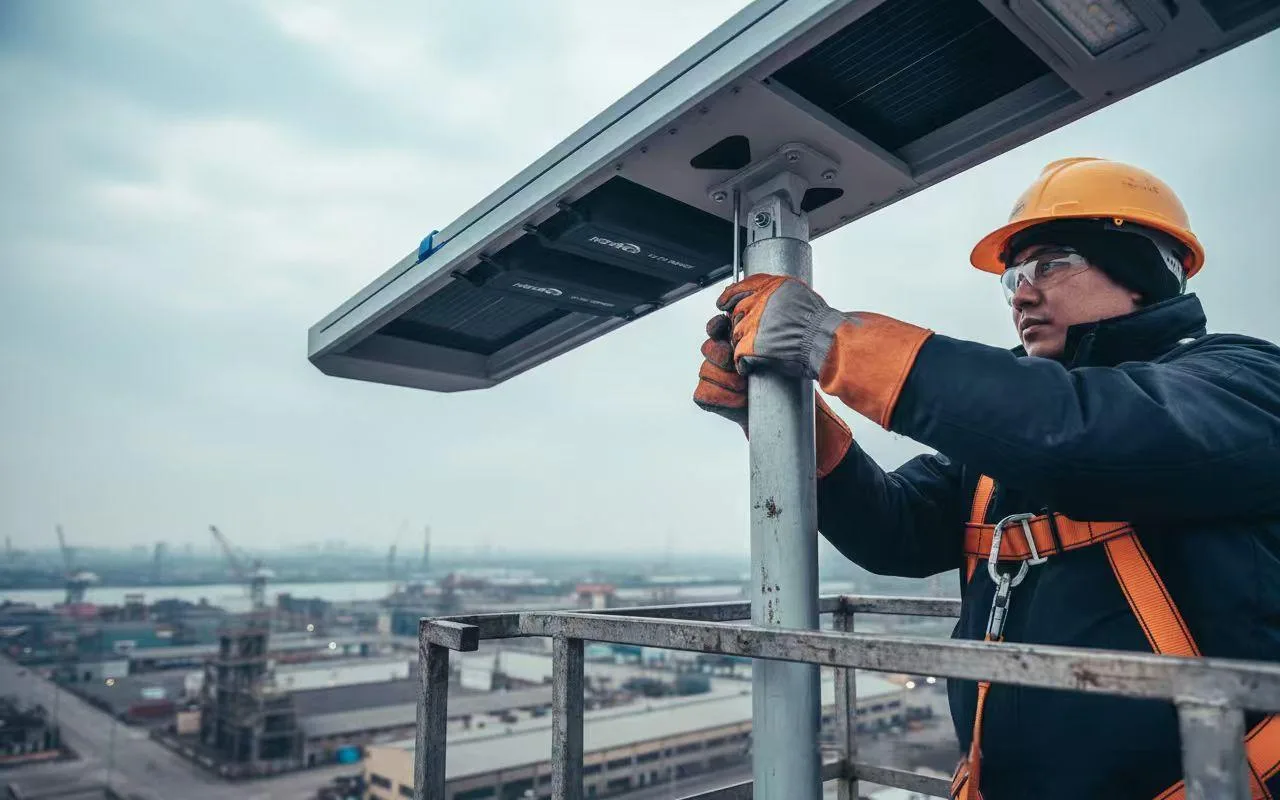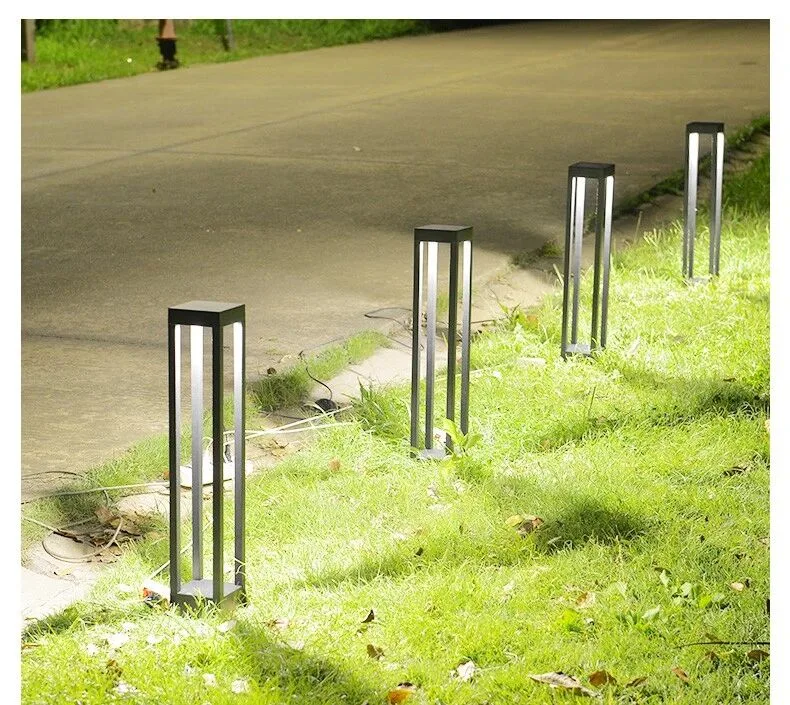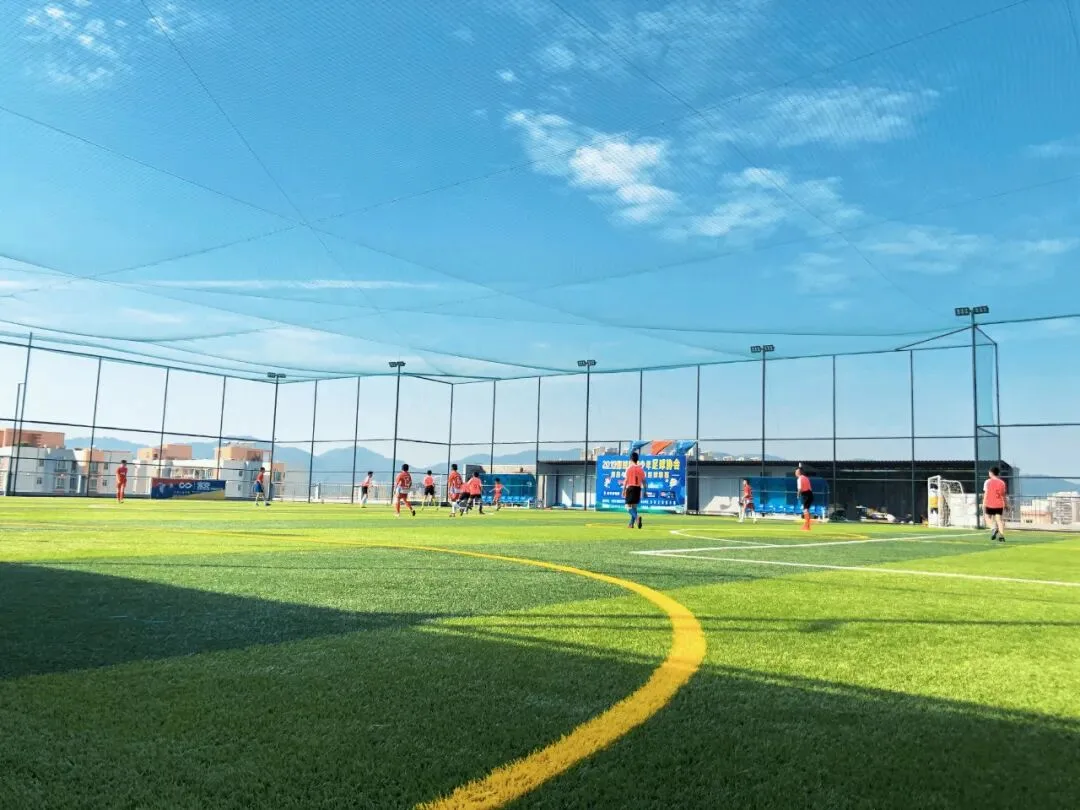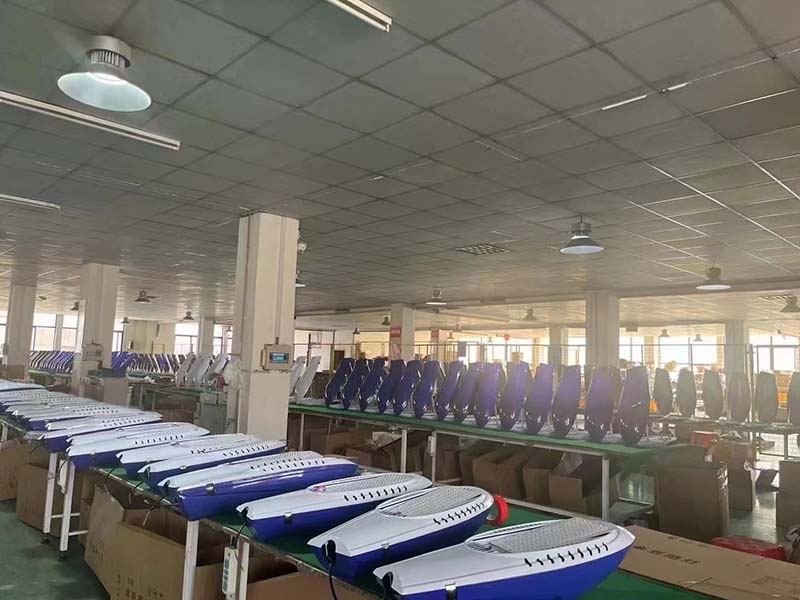Introduction
In the era of smart cities, smart streetlights are key to urban infrastructure upgrades. They do more than turn on and off. With motion detectors, sound detection, and light movement detector, the lights follow traffic and people. This cuts energy use by over 60%, on top of savings from LED street lights. Many systems have automatic control infrared sensors and street light detector inside the lamp. This reduces street light installation cost by avoiding extra wiring. Remote fault detection and real-time monitoring also help cities fix problems faster. With adaptive lighting and smart features, cities can save energy, cut costs, and become safer and greener.
What Is a intelligent street light control system?
An intelligent street light control system is a smart system that manages and control street lights automatically. It helps turn lamps on or off and adjust brightness based on things like time, traffic, or weather. The main goal is to save energy, reduce maintenance costs, and keep public areas safe and well-lit at night.
Key Objectives of Smart Street Lighting Systems:
Automated lighting control (on/off, dimming)
Easily Schedule lights to turn on, off, or dim based on time, traffic flow, or environmental factors, improving energy efficiency by up to 60% according to smart city case studies.
Energy Optimization
Cut power bills and lower carbon emissions with intelligent brightness adjustment.
Real-Time Monitoring & remote fault detection
Instantly detect outages or malfunctions via IoT remote control platforms, minimizing maintenance time and cost.
Traffic light sensors on road Integration
Use traffic light sensors and environmental detectors to dynamically adjust street lighting based on actual road usage.
centralized lighting control system
Manage thousands of street lights remotely via a single centralized control system, making city infrastructure smarter and more sustainable.
Street light control system full life cycle cost comparison table
| Technology Type |
Initial Cost /Light |
10-Year O&M Cost |
Energy Savings |
| Timer-Based Control | $15–$30 | $180 | Low (10–15%) |
| Photocell Control | $25–$50 | $120 | Medium (20–30%) |
| Motion Sensor Control | $80–$150 | $200 | High (50–70%) |
| IoT System | $200–$400 | $80 | Very High (70%+) |
Common Control Technologies: A Comparative Overview
Timer-Based Control
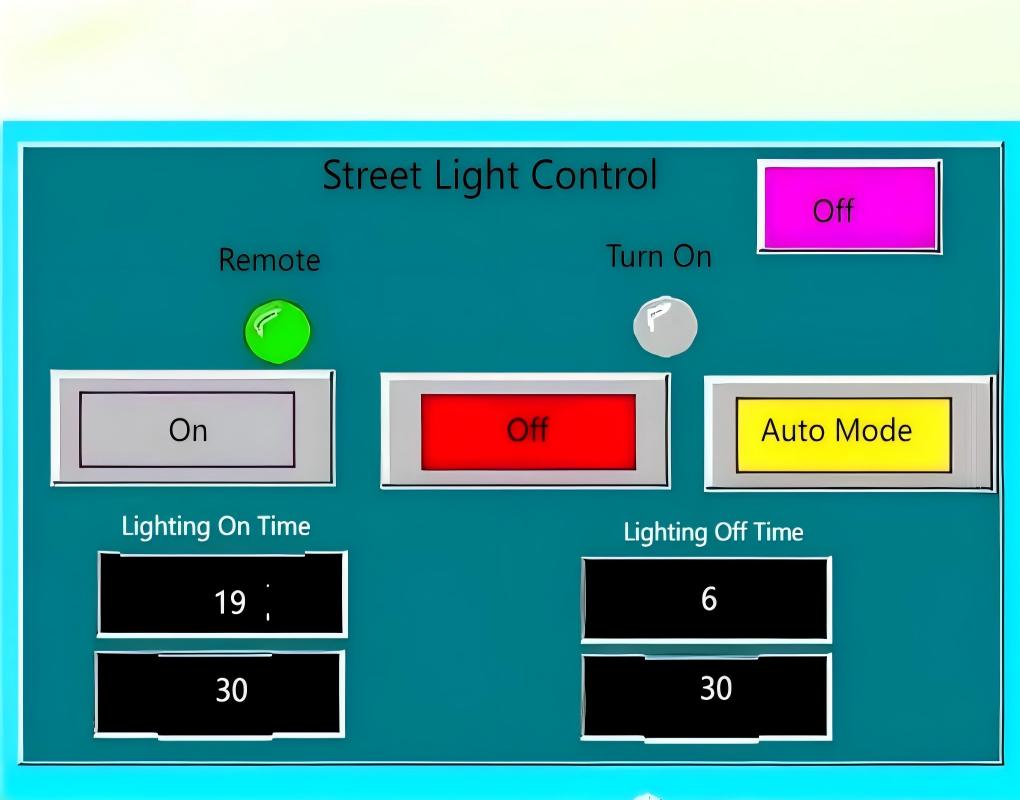
Fixed on/off time means manual control or automatic adjustment based on time and geographic location. With an automatic led street light intensity controller, cities can easily set up a lamp that turns on at a certain time or based on sunrise and sunset. This method helps improve the efficiency of led street lights by reducing wasted lighting hours.Timing control is part of traditional lighting systems, but it cannot adapt to seasons or weather changes,nor can it be adjusted according to real-time traffic or people activity.
Photocell Sensors

Photocell sensors, or sensor for light detection, help control lighting street lamps and turning on lamp systems. They turn LED street lights on or off based on the led street light lux level and light level around them.In the day, photocell sensors sense high lux levels. They dim or switch off street lights to save energy. At night or in low light, they turn on the lights and make them brighter. This keeps roads safe for both people and cars.
The core function of conventional Photocell sensors is to control the on/off state based on ambient light intensity, but they do not support led street light dimming functions.When the light intensity changes suddenly (such as heavy rain, sandstorms, and dark clouds),
The Photocell sensorsmay misjudge:
Turn on the light too early (the light is turned on in the afternoon on a cloudy day)
Turn on the light too late (the sunset or reflection misleads the photosensitive device
Motion radar sensor Controls (PIR/Radar)
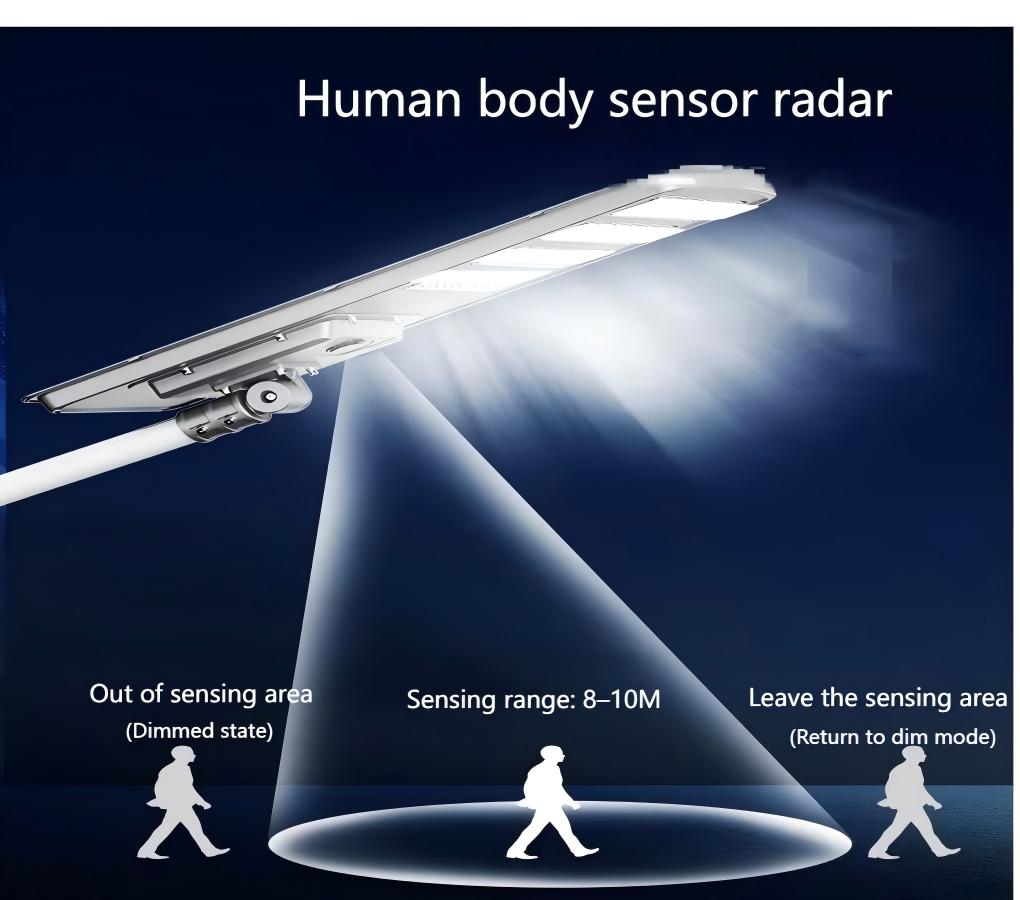
Equipped with motion sensors, dimmable motion smart lights help save energy by only lighting up when people or vehicles are nearby. They dim street lights or turn them off when no movement is detected. Best for low-traffic areas, pathways,This smart feature answers a common question: does dimming led lights save electricity? Yes it reduces power use by lowering brightness when full lighting is not needed, cutting energy waste and improving efficiency.it is Best for low-traffic areas, pathways.
Smart/IoT-Based Controls
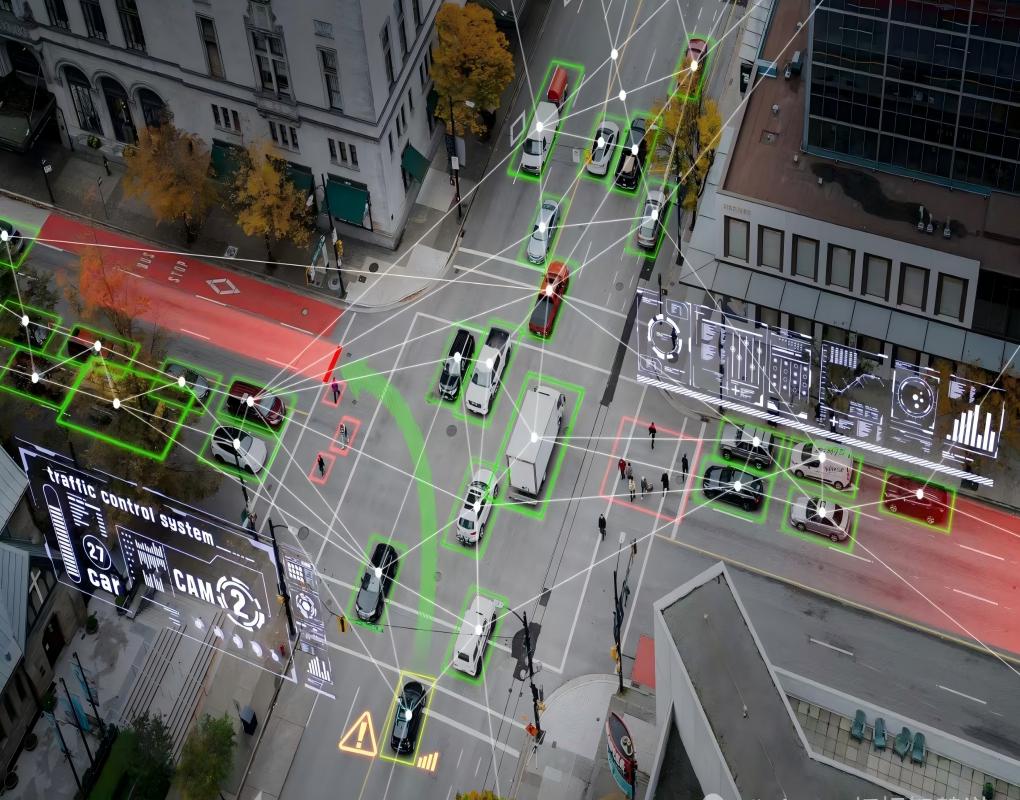
Smart/IoT-Based Controls help cities manage street lighting in a smarter way.Smart street lights use a wireless lighting control system for centralized lighting. They connect to one platform for easy control. Cities use lorawan street light controller,wifi lighting controller, Zigbee, NB-IoT, and PLC to manage lights better. The iot smart lighting system collects data in real time. It supports dimming, fault detector alerts, and alarms. With zhaga controller and nodes lighting, every light becomes smart. A street lighting gateway or gateway smart device links the lights to the backend. This allows remote checks, flexible settings, and big lighting networks for smart cities.
Urban Implementation Scenarios:
| Application Area | Smart Lighting Solution Description |
| City Roads & Highways | IoT-based systems for adaptive brightness control based on traffic flow |
| Residential Areas | Combination of motion sensors and photocells to balance security and energy efficiency |
| Public Parks & Green Spaces | Sensor-activated lighting triggered by pedestrian presence to reduce energy waste |
| Smart Campuses & Industrial Zones | Centralized control systems to manage lighting energy consumption across multiple locations |
| Solar Street Lighting Systems | Smart controllers to optimize solar charging/discharging cycles and adjust lighting hours |
Energy Saving, Eco-Friendly Design & Smart City Lighting
smart street lighting systems help cities reduce led light energy consumption and lower carbon emissions. They also support sustainability by reducing LED street lights energy usage. As a key part of smart city lighting, these systems make streets safer and greener
Adaptive Brightness Control
Adaptive brightness control in smart street lamps uses automatic lighting sensor to track traffic, people, and ambient light in real time. The LED street lights adjust brightness dynamically, delivering the right light when and where it is needed. With controls and dimming led street light systems, cities cut energy waste without compromising safety. Data from Northeast Group and CityLab shows most cities save 50% energy by switching to LED street lights, plus an extra 10-20% through adaptive dimming.
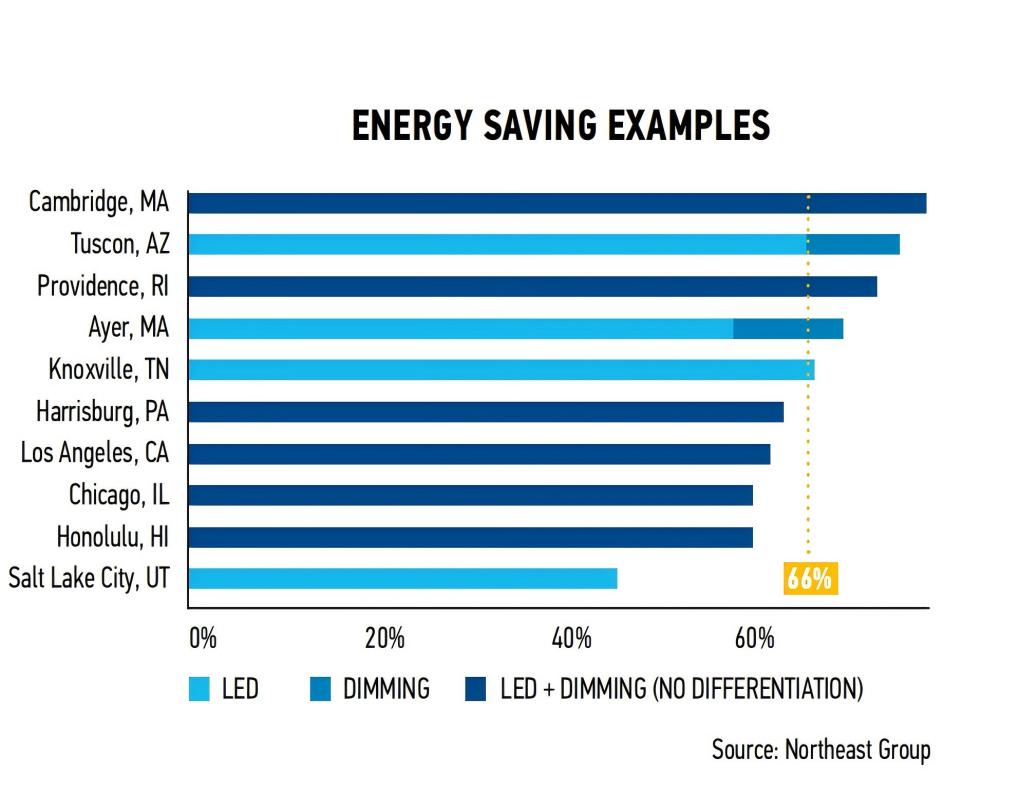
For example, Cambridge implemented a strategy combining 50% sunset dimming and 30% off-peak dimming, resulting in total energy savings of 80% and annual savings of $500,000, achieving payback within 4.4 years.
Meanwhile, Los Angeles converted 165,000 streetlights to LEDs and connected 110,000 to smart lighting control systems, achieving 63% energy savings and reducing 48,000 tons of CO₂ annually.
These real-world examples confirm that adaptive brightness control typically delivers 60% or more energy savings, validating the efficiency benefits beyond basic LED retrofitting.
Remote Monitoring & Predictive Maintenance
IoT-enabled smart street lamp use an iot remote control platform for monitoring, diagnostics, and control. They have led detection sensor for fault alerts, reducing downtime and cutting manual checks. Smart dimming helps extend led street lights lifespan. This leads to less energy use, fewer repairs, and big cost savings.
Real-world examples from U.S. cities further validate these benefits. In Knoxville, TN, annual facility fees totaled over $2.3 million before the city purchased ownership of its streetlights. After implementing LED upgrades and smart lighting control, these costs are projected to drop to less than $1 million per year, achieving a 7.5-year payback period, even after factoring in the purchase cost of approximately $176 per streetlight. This demonstrates significant reductions in ongoing operational expenditures through smarter infrastructure management.
Similarly, Tempe, AZ experienced a dramatic decrease in streetlight failure rates, dropping from 10-15% down to just 1-2% after its smart lighting upgrade. Even without specialized LED utility tariffs, the city reports that the project effectively pays for itself through reduced maintenance trips ( truck rolls ) alone, highlighting the tangible maintenance and labor savings driven by predictive maintenance and remote diagnostics.
Together, these examples confirm that smart led street light system equipped with IoT connectivity not only cut energy costs but also deliver measurable reductions in maintenance expenses, supporting more efficient and resilient urban infrastructure.
Smart City Integration Beyond Lighting
smart city lighting networks go beyond basic lighting.
Traffic Monitoring: Street lights help track traffic, ease jams, and guide adaptive traffic signals.
Environmental Sensing: Built-in sensors track air quality and climate in real time, helping with city health programs.
Security Cameras & LPR: Lights can hold surveillance cameras and license plate readers, making cities safer.
Emergency Alerts: The system can report outages fast, helping the city fix problems quickly and improve safety.
Light Pollution Reduction
By precisely controlling light intensity and direction, smart systems reduce impact of light pollution, minimize disturbance to local ecosystems, and protect nocturnal wildlife.
Renewable Energy Compatibility
Many smart lighting systems work with renewable energy sources like solar power or wind energy. This allows energy self-sufficiency and lowers dependence on traditional power grids.
Proven Sustainability Benefits
Field projects show 30-60% energy savings and better maintenance. With advanced controls, multi-functional features, and renewable energy, smart streetlights help cities cut energy use, reduce carbon emissions, and build safer, greener, and smarter streets.
5.Urban Implementation Scenarios
Application Area Smart Lighting Solution Description
City Roads & Highways IoT-based systems for adaptive brightness control based on traffic flow
Residential Areas Combination of motion sensors and photocells to balance security and energy efficiency
Public Parks & Green Spaces Sensor-activated lighting triggered by pedestrian presence to reduce energy waste
Smart Campuses & Industrial Zones Centralized control systems to manage lighting energy consumption across multiple locations
Solar Street Lighting Systems Smart controllers to optimize solar charging/discharging cycles and adjust lighting hours.
Real-World Case Studies (Overview)
Case1 China C Linkolights Urban Village Project: An urban village project implemented by Linkolights achieved 40% energy savings, reduced electricity costs by over 1.5 million yuan annually, optimized real-time brightness from 30% to 80% depending on traffic flow, and improved maintenance efficiency by 70%, maintaining 99% lighting uptime.
Case2 State-level programs are helping smaller cities develop know how and financing for streetlight conversions. New York and Illinois are setting up effectively state-run ESCOs2 to develop energy-efficient lighting projects, while California is providing low-cost loans and tax-exempt bonds for conversions
Case3 The Partnership for Rhode Island Streetlight Management (PRISM) is a non-profit entity
that provides capacity and know how to municipalities wishing to buy back their streetlights from local utilities and also deploy LED and smart streetlights, in a model that could be exported across the US
Buyer Guide
When planning a smart street light system project, cities must consider project size, location, street light cost, funding, and network type. Communication infrastructure plays a big role. Cities with NB-IoT or LoRaWAN networks may pick these options, while others may choose DALI or 0-10V to match old systems. These choices affect real project costs and results.
For example, budget constraints and project scale have been decisive in many small-to-mid-sized US city projects. According to market benchmarks, while LED luminaire prices have reached parity with traditional HPS fixtures, smart controllers and communication nodes historically remained expensive, often exceeding $100 per streetlight. However, competitive tenders from 2017– C2018 saw winning bids averaging $67– C$83 per streetlight, including 10-year CMS (Central Management System) software contracts. This cost reduction has made smart street lighting more accessible, especially for smaller municipalities with limited budgets.
Different users care about different things when choosing smart street lighting systems:
Municipal Planners focus on smart city integration, public safety, and ROI.
Utility Providers look at energy savings, easy maintenance, and long-term control.
Contractors and Installers want technical compatibility, simple setup, and quick start-up.
Choosing the right system depends on local needs, project goals, and who will use it. A smart lighting deployment works best when it fits these needs.
FAQs
Q1:How to choose between LoRaWAN and NB-IoT for led smart street lights?
LoRaWAN is ideal for cities needing low-cost, long-range communication with minimal data needs, like simple on/off controls and dimming. It has low power use and no need for telecom fees. NB-IoT works better for projects needing real-time data, fault detection, or remote diagnostics. It uses mobile networks, offering strong signal quality, but may have ongoing SIM card costs. Choose LoRaWAN for basic smart lighting networks and NB-IoT for advanced monitoring.
Q2:What is the typical lifespan of LED street lights?
Modern LED street lights usually last between 50,000 to 100,000 hours, or 10 to 20 years, depending on the quality of the LED driver, heat dissipation, and environmental conditions. Smart controls like adaptive dimming can extend the lifespan of LED street lights by reducing over-lighting, lowering maintenance needs, and improving long-term reliability.
Q3: Can I upgrade existing lights to smart controls?
Yes. Retrofitting is possible with NEMA/DALI-compatible drivers and wireless controllers.
Q4: What s the typical payback period?
Most systems see ROI within 3 C5 years through energy and maintenance savings.
Q5: Are smart street lights secure?
Modern systems use encrypted protocols and secure gateways; cybersecurity planning is essential.
Q6:What are common failure points?
Sensor calibration, communication loss, or driver-controller incompatibility.
Final Thoughts & Recommendations
Street lighting control systems are no longer optional they’re essential for cities aiming to become smarter, greener, and more efficient. Choosing the right system requires technical understanding, local context, and a future-proof strategy.
Whether you re planning a city-wide retrofit or a small-scale pilot, integrating smart control technologies can deliver substantial returns in both cost and performance.
Copyright & data source:
Northeast Group & CityLab, “The Benefits of LED & Smart Street Lighting”
